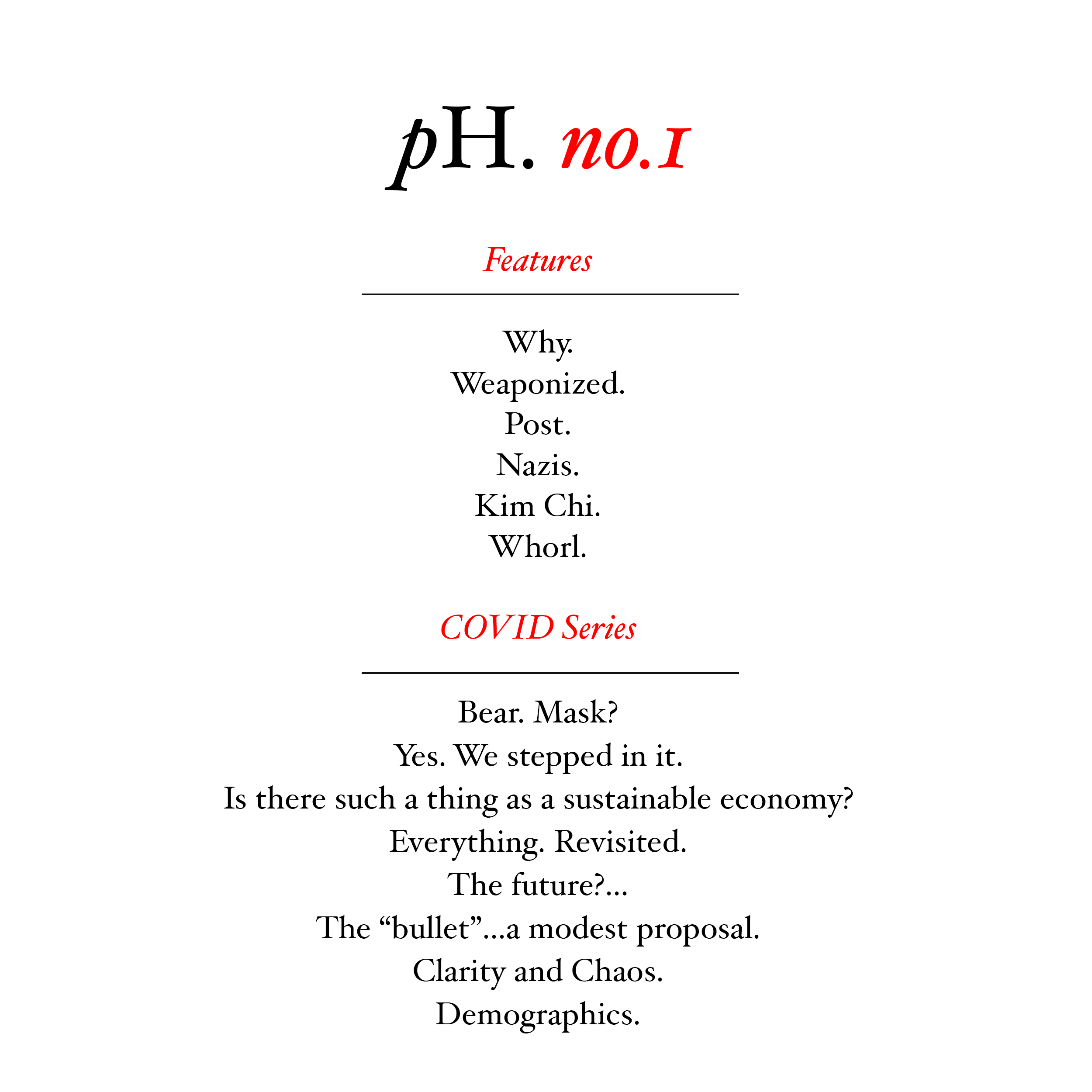On the occasion of our current political crisis, the new book Hoax, by CNN Anchor Brian Stelter, grapples with the relationship of Fox News and the body politic.
There is talk of Fox News personnel becoming increasingly uncomfortable with the wave of propaganda taking over their news.
Where have they been? Obviously, not watching Fox News.
There are two disturbing issues with the Fox News construct:
1. Where is this propaganda coming from?
Certainly, we know it travels directly from Fox News to the White House, but how and where did it originate, and why is it always diamond-sharp propaganda every time? Where is this stuff coming from?
2. Why is it successful?
Who is bankrolling this echo chamber? Do right-wing “conservative” families buy that much toilet paper and paper towels to provide an endless self-directed supply of democracy-eroding falsehoods? It isn’t a mystery why they listen: no one else is talking to them, and everyone likes to feel heard. The mystery is this: why exactly does it make economic sense? If the answer is simply advertising revenue, then a boycott of companies involved could make for a good democratic intervention: how can you be a good corporate citizen by promoting the lies that undermine the democracy you function in and benefit from? If the answer is funding sources that go beyond commercial products, then we have a nuclear problem. Who supports this funding and whose agenda does it serve?
The irony of Fox News is that it has become everyone’s very own North Korea.
You pay for and invest your time internalizing propaganda: lies, distortions, and the party line.
No one forced it on you. You chose it, and if you examine yourself carefully, you may realize that you chose it out of insecurity and loneliness. If so, you may need to re-examine your own lives.
This is the wrong way to influence a democracy that has increasingly failed to satisfy your needs.
Yes, you can “self-actuate” with hatred—look what you have accomplished through Trump, but why are you moving in that direction? Other than a feeling of victory, what does it serve?
It is a crying, elitist shame that no one has listened to you. Your views have value. Your needs are legitimate, but not at the price of so much suffering.
You are forcing a dystopian America upon us, that will undermine the very principles on which it was founded.
As they did in the Matrix, “uncouple.”
Then, take the pill that lets you believe in yourself and others without diminishment and hate.
I’m listening. Others will listen, too.



























